Frank E. Dittenhafer II reminds his staff they aren’t architectural technicians — rather, they’re design architects, where creativity and vision steer the ship.


Architecture is about inspiring people and designing spaces that people want to spend time in. That philosophy is the driving force behind Murphy & Dittenhafer Architects, and it’s a regular reminder to the firm’s staff that they aren’t just there to be technicians — they’re first and foremost designers.
That creative process is celebrated several times a year in what the firm calls Design. These forums have a loose agenda, with different design staff taking on a topic and sharing their projects, design questions, and inspirational anecdotes with their colleagues.
Like us on Facebook!
In each session, the conversations are fluid, the team is rejuvenated, and the design aspect is at the forefront of it all.
Why it matters
Jonathan Taube, Architectural Designer and Associate AIA with the firm, recently presented at the latest Design forum. He wanted his colleagues to take away the appreciation for how contemporary architectural visualization is the result of an integrated process — one which allows collaboration from hand drawing to 3D computer renderings.
Taube presented on workflow that demonstrates how multiple software programs can be used to realize complex geometries and innovative concepts – using M&D’s Beth Tfiloh Sanctuary design competition entry as a case study.
“Sharing out ideas and concepts through Design is a great way to gain perspective and to learn from others’ experiences,” he says.
For Patrick Ness, Architectural Designer, Associate AIA, learning about others’ perspectives in the firm creates a platform for exchanging ideas and generating office-wide discussion of a project.
During his recent presentation of the Downtown Shenandoah CEBA design, he hoped to convey that even in towns with economic challenges and limited budgets, good design can be achieved with proper planning, understanding context, and attention to detail.
“The more eyes we can get on the overall work of the firm, the better the outcomes for everyone,” Ness says. “The collaborative spirit is something I always enjoy.”
Blake Gifford, Architectural Designer and Associate AIA, has missed casual encounters with his colleagues because of remote work during the pandemic. He sees the Design forums as a way to maintain dialogue about ongoing work.
His presentation on the Shrewsbury Township Municipal Campus Project focused on practical and cost-effective facility design that still incorporates simple, elegant, and site-appropriate design perspectives.
“I was able to share some of the surprises we encountered on the project, such as coordination required to design and construct a pre-engineered metal building,” Gifford says. “There was a great deal of quality control involved, and sometimes that part of the job is just as important as the other aspects.”
Kevin Stick, Architectural Construction Administrator/Associate AIA, led a trivia session at the latest Design forum, giving junior staff a chance to ask questions of their senior colleagues, which opened the door for some mentorship-based conversations.
“I have really enjoyed that mentorship aspect in my experience over the years,” he says. “There’s a lot we can do to strengthen someone’s knowledge when they are just getting into the industry, and this is an opportunity for that.”
At Murphy & Dittenhafer Architects, we feel lucky to have such awesome employees who create meaningful and impressive work. Meet the four team members we welcomed in 2024.
The ribbon-cutting ceremony at the new Department of Legislative Services (DLS) office building in Annapolis honored a truly iconic point in time for the state of Maryland.
As Murphy & Dittenhafer architects approaches 25 years in our building, we can’t help but look at how far the space has come.
Murphy & Dittenhafer Architects took on the Architecture, Interior Design, & Overall Project Management for the new Bedford Elementary School, and the outcome is impactful.
The memorial’s groundbreaking took place in June, and the dedication is set to take place on November 11, 2024, or Veterans Day.
President of Murphy & Dittenhafer Architects, Frank Dittenhafer II, spoke about the company’s contribution to York-area revitalization at the Pennsylvania Downtown Center’s Premier Revitalization Conference in June 2024. Here are the highlights.
The Pullo Center welcomed a range of student musicians in its 1,016-seat theater with full production capabilities.
“Interior designs being integral from the beginning of a project capitalize on things that make it special in the long run.”
Digital animations help Murphy & Dittenhafer Architects and clients see designs in a new light.
Frank Dittenhafer and his firm work alongside the nonprofit to fulfill the local landscape from various perspectives.
From Farquhar Park to south of the Codorus Creek, Murphy & Dittenhafer Architects help revamp York’s Penn Street.
Designs for LaVale Library, Intergenerational Center, and Beth Tfiloh Sanctuary show the value of third places.
The Annapolis Department of Legislative Services Building is under construction, reflecting the state capital’s Georgian aesthetic with modern amenities.
For the past two years, the co-founder and president of Murphy & Dittenhafer Architects has led the university’s College of Arts and Architecture Alumni Society.
The firm recently worked with St. Vincent de Paul of Baltimore to renovate an old elementary school for a Head Start pre-k program.
The market house, an 1888 Romanesque Revival brick structure designed by local Architect John A. Dempwolf, long has stood out as one of York’s premier examples of Architecture. Architect Frank Dittenhafer is passing the legacy of serving on its board to Architectural Designer Harper Brockway.
At Murphy & Dittenhafer Architects, there is a deep-rooted belief in the power of combining history and adaptive reuse with creativity.
University of Maryland Global Campus explores modernizing its administration building, which serves staffers and students enrolled in virtual classes.
The Wilkens and Essex precincts of Baltimore County are receiving solutions-based ideas for renovating or reconstructing their police stations.
The firm has earned the designation annually since 2016 in recognition of its commitment to supporting newer professionals in the field.
Murphy & Dittenhafer Architects recently completed the Design Development phase for a 20,000-square-foot building for Crispus Attucks York. Construction should begin in August.
The facility in Anne Arundel County, Maryland, is re-envisioning its focus with the help of Murphy & Dittenhafer Architects.
Murphy & Dittenhafer Architects received numerous awards from AIA Pennsylvania, AIA Central Pennsylvania, AIA Baltimore, and ABC Keystone.
Since 2019, the firm has designed a number of protected entryways for Anne Arundel County Public Schools.
A business lunch at an iconic building sparked an awakening whose effects continue to ripple down the city thoroughfare.

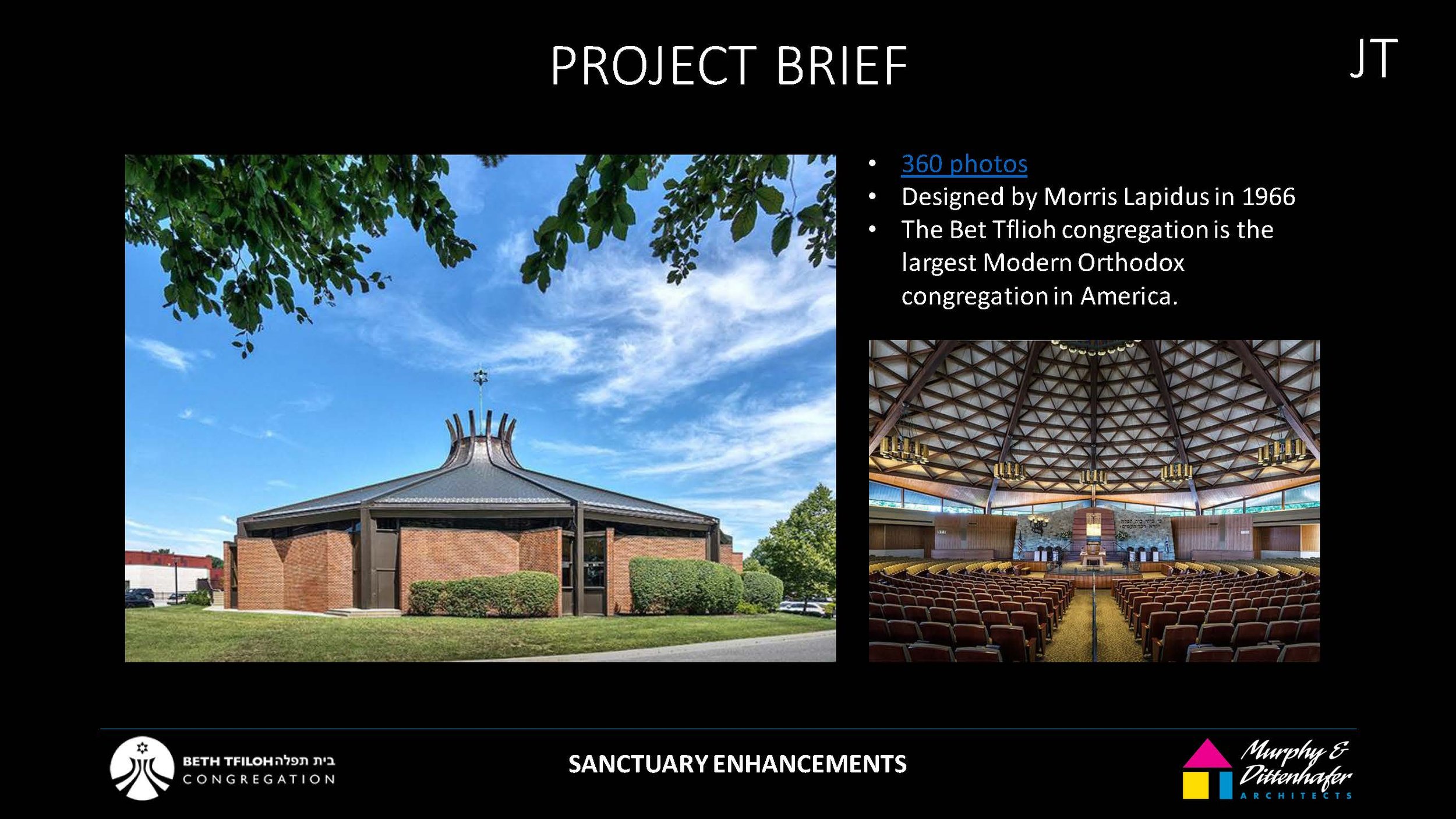
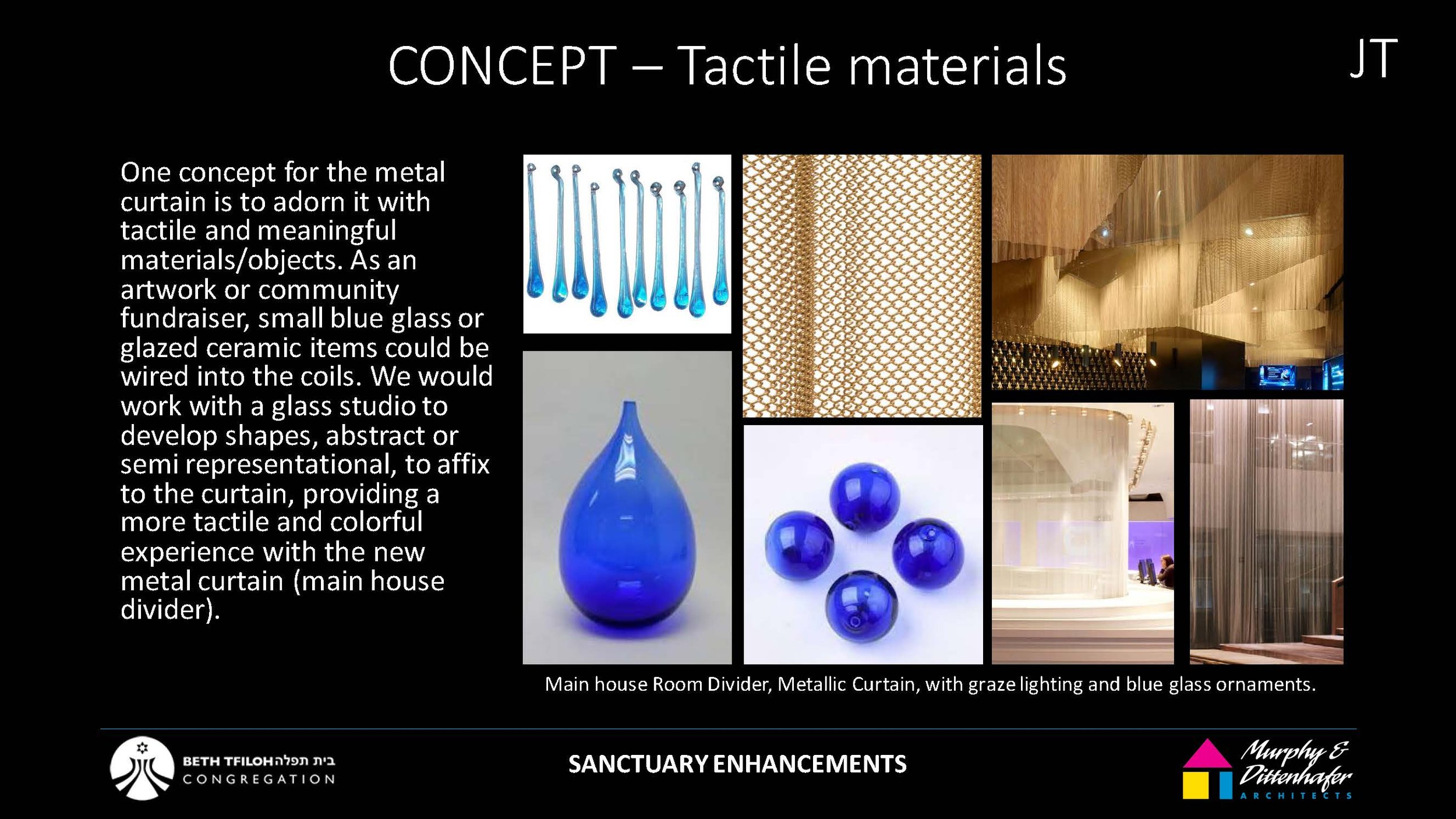
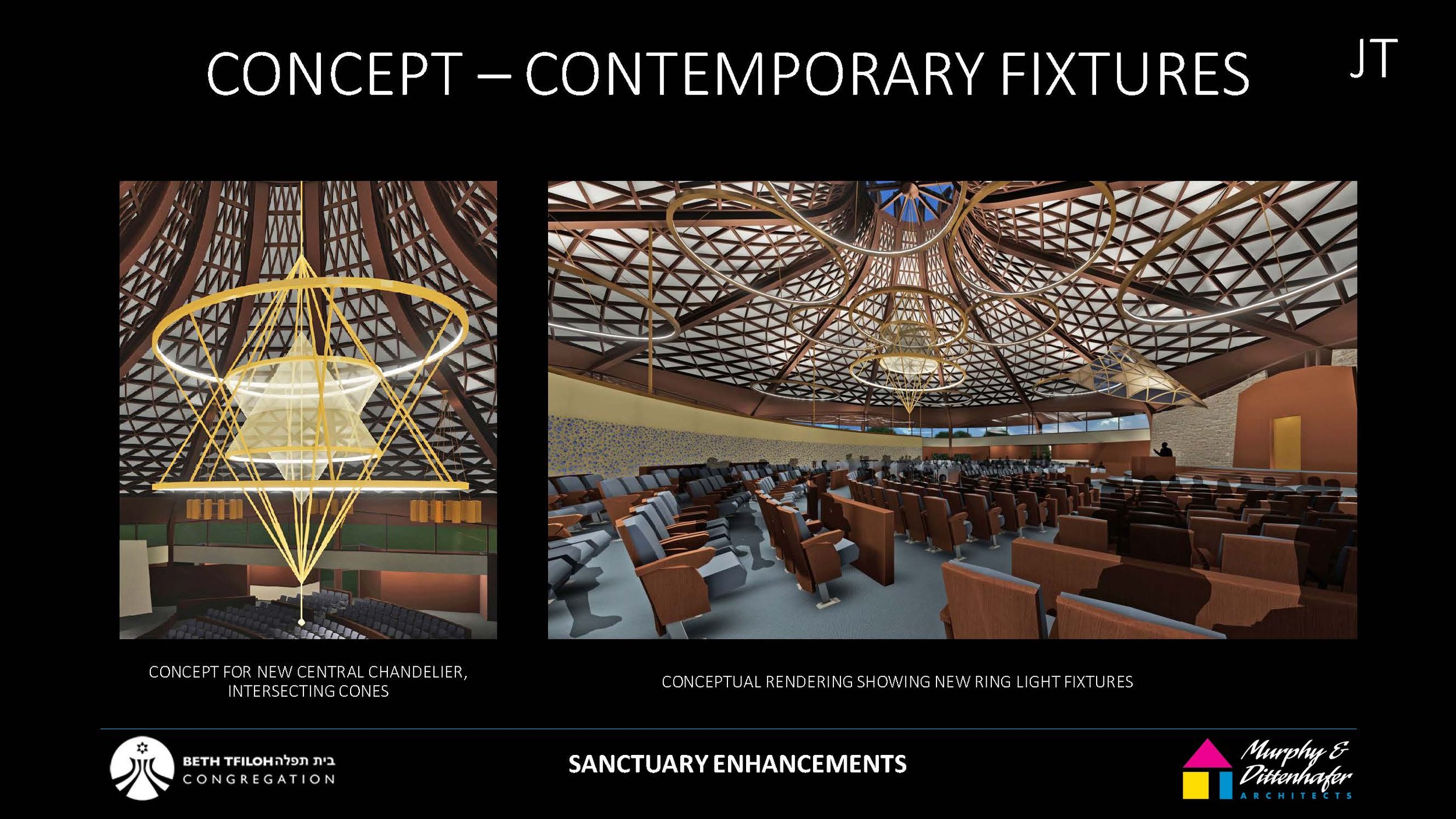
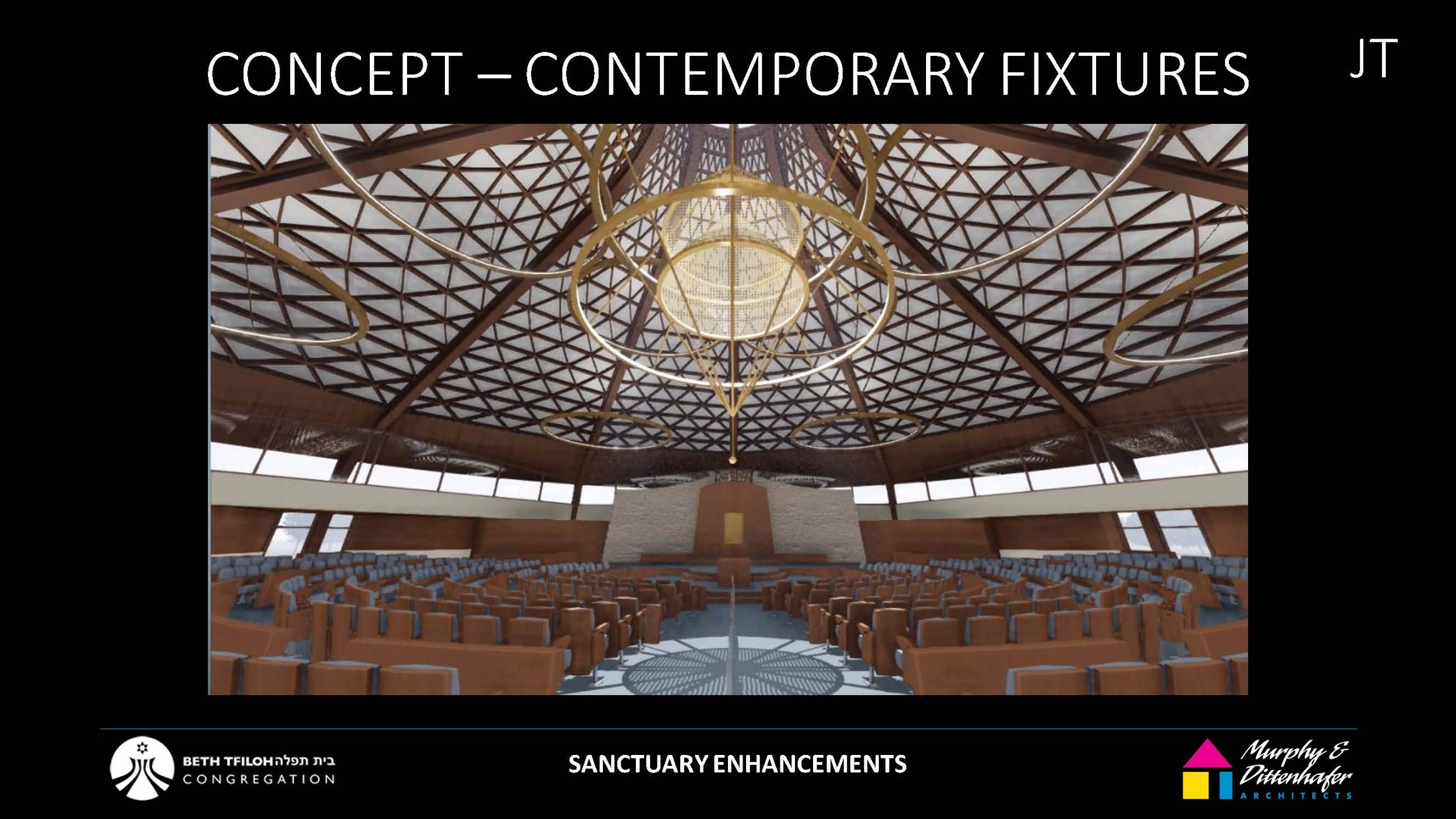
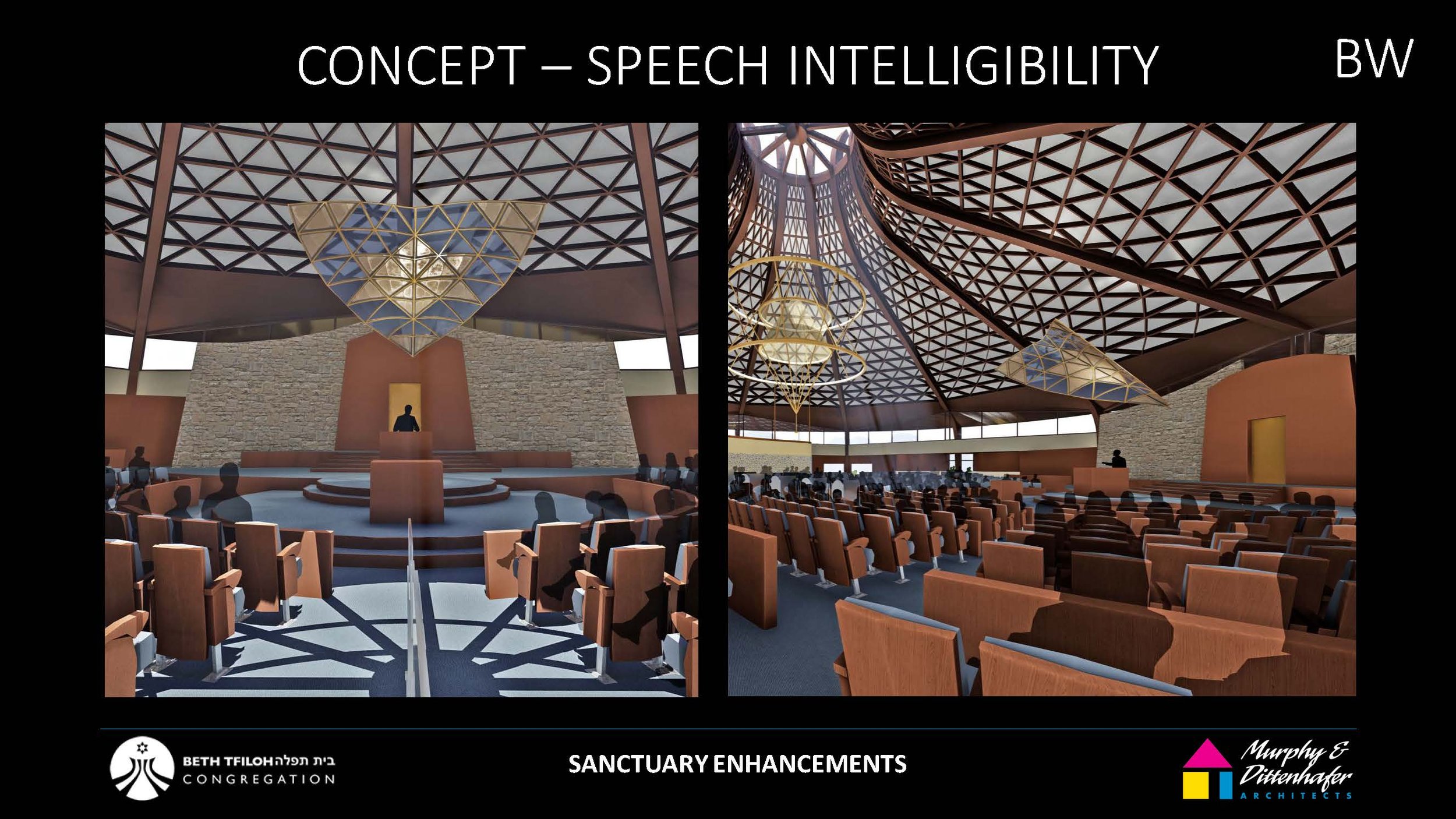
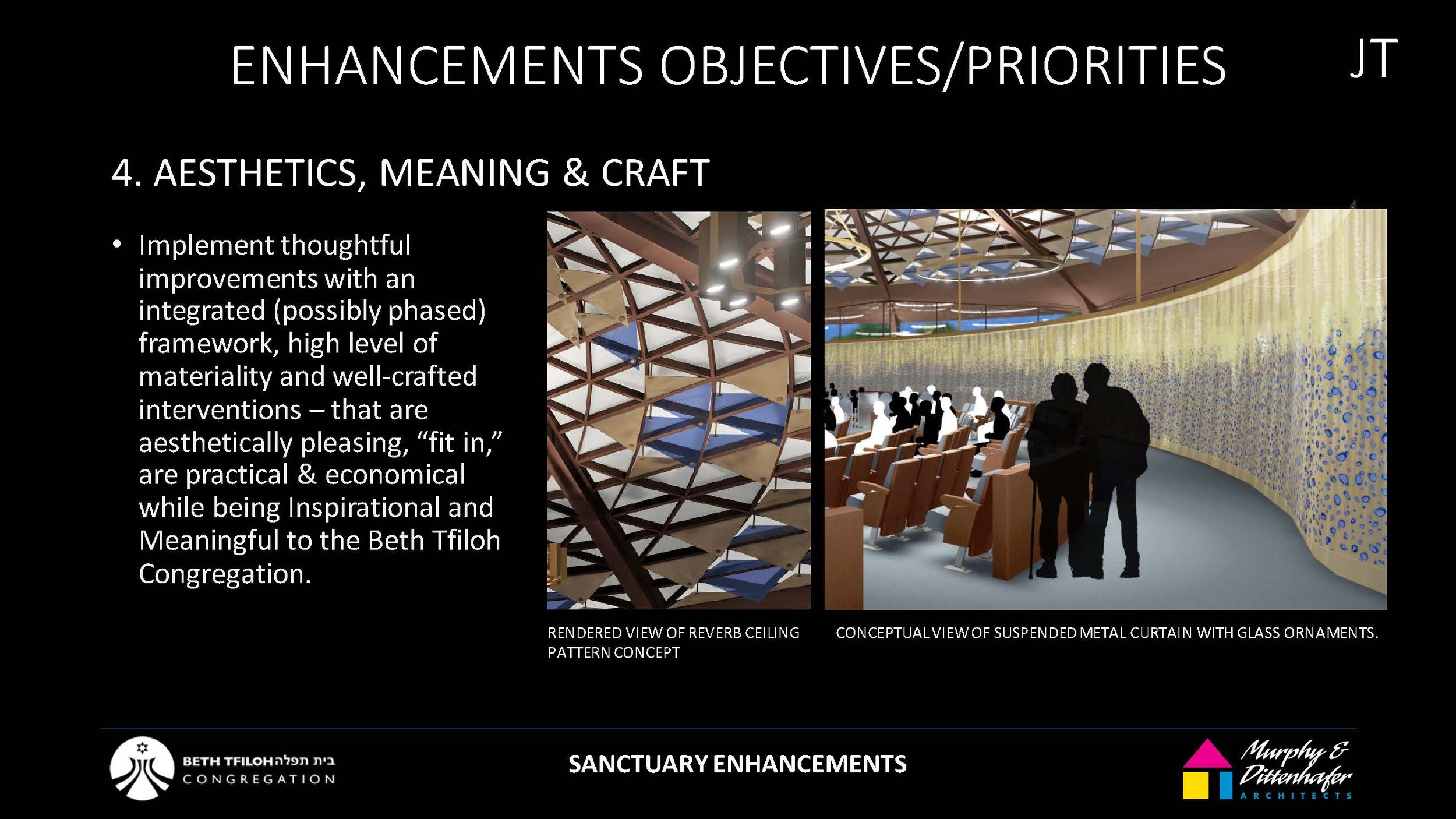
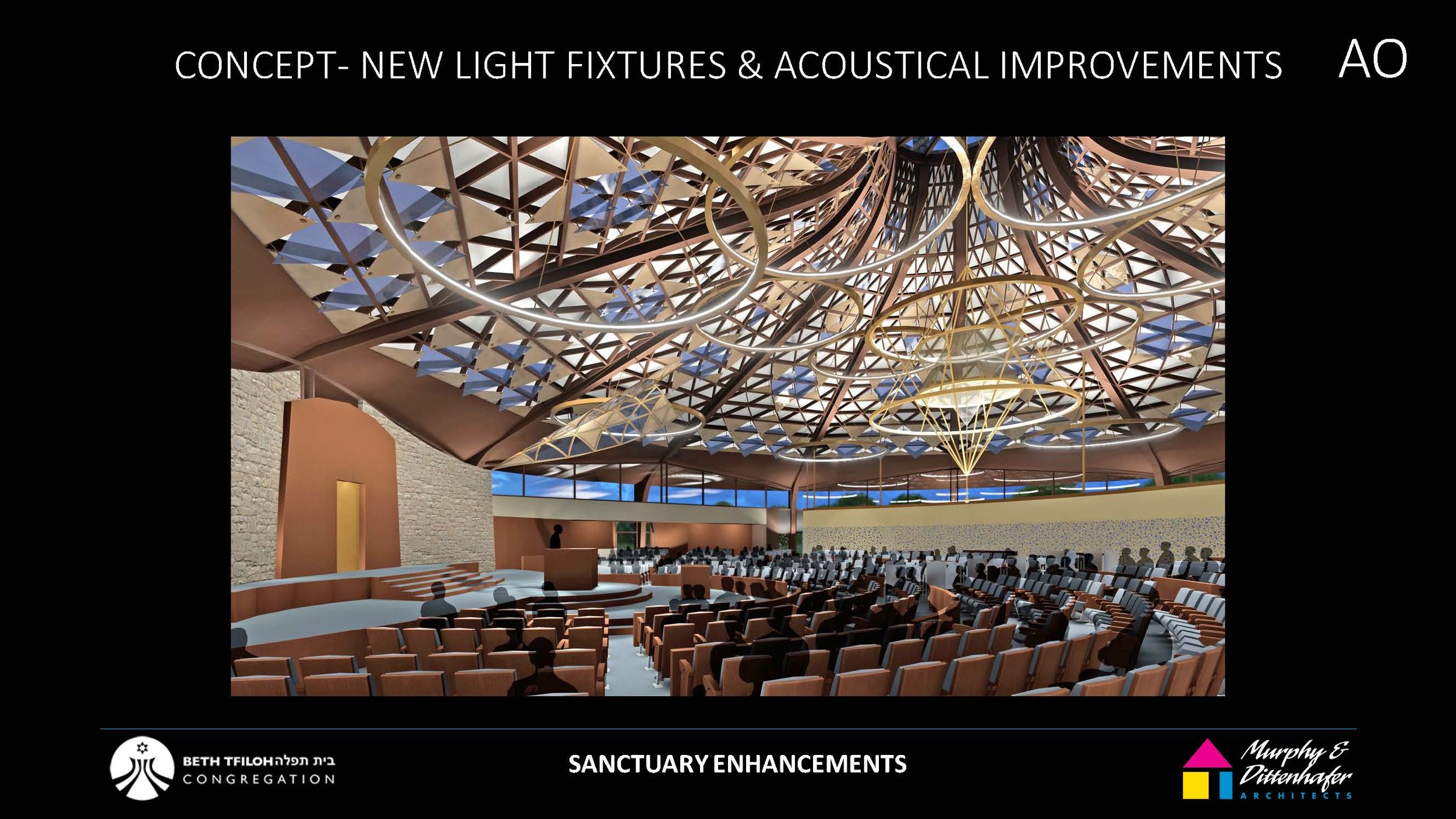
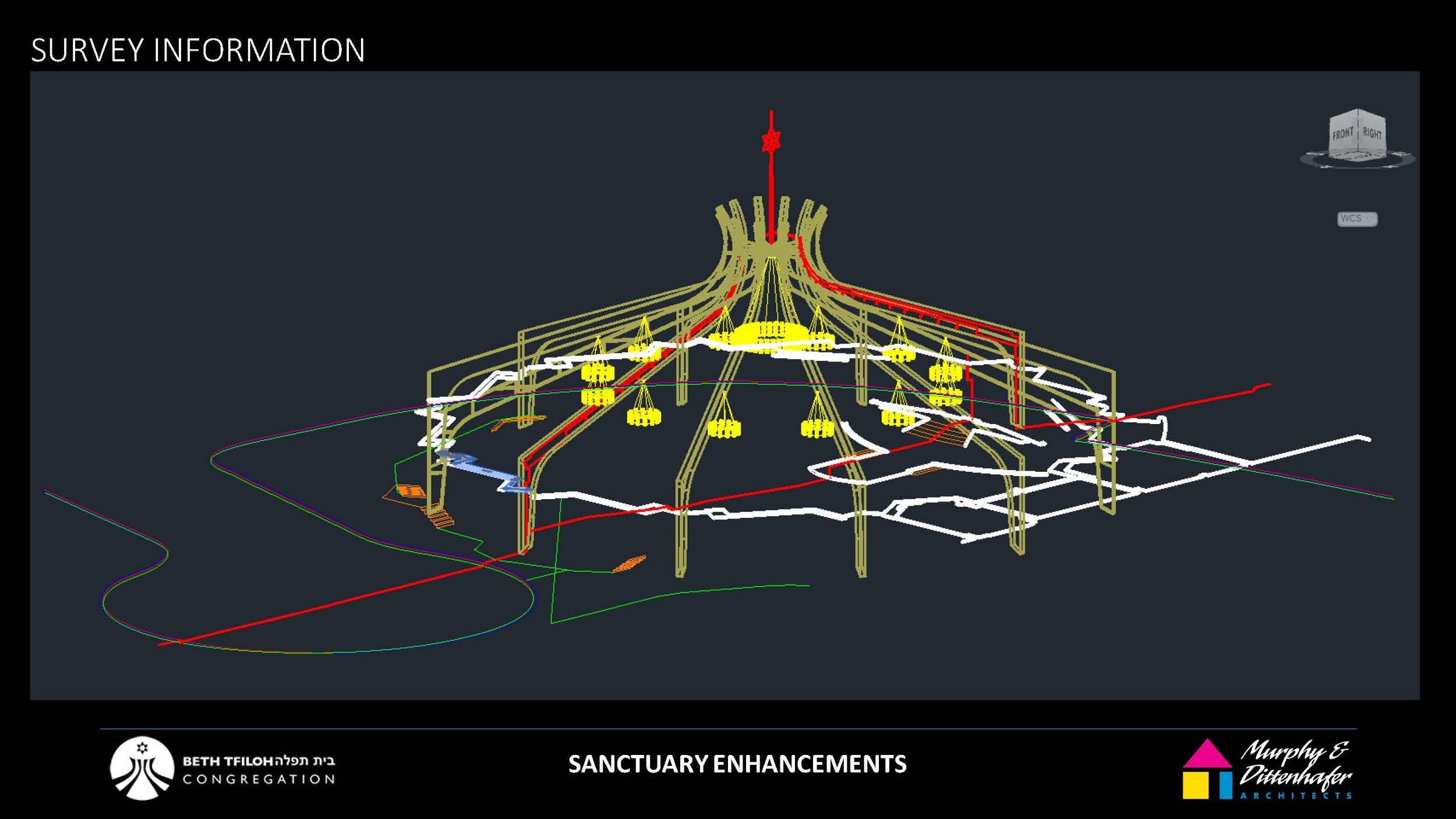
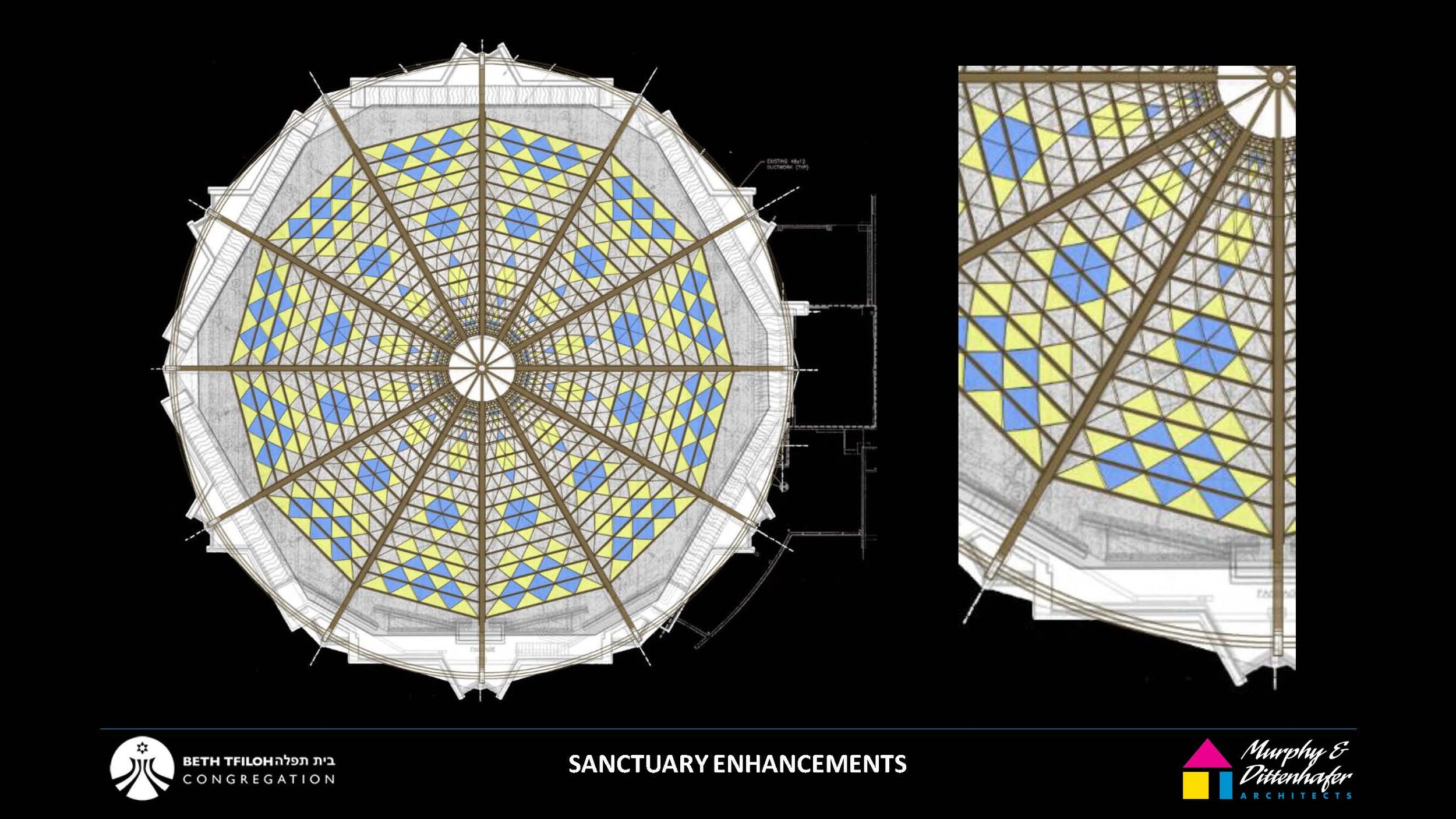
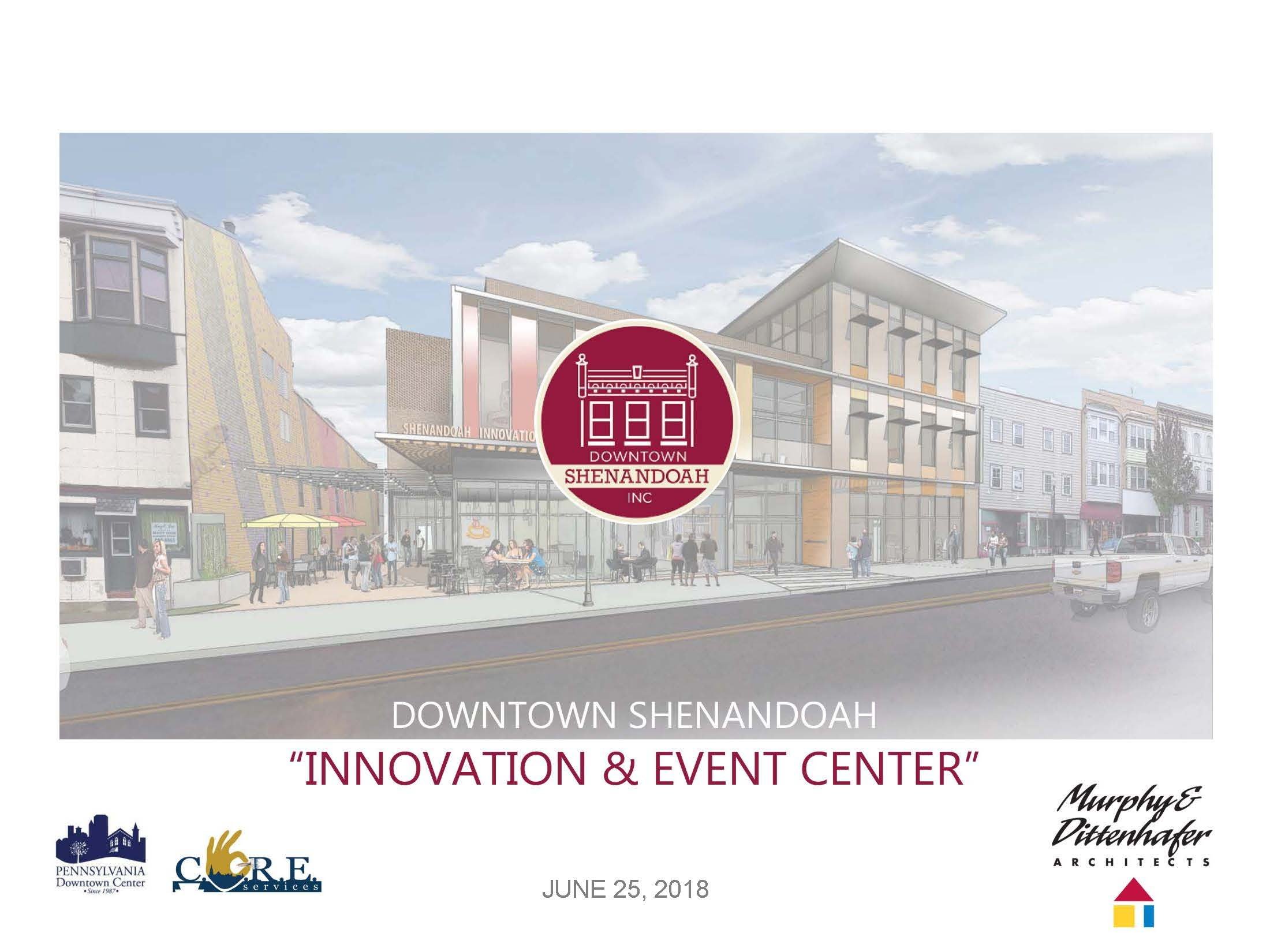


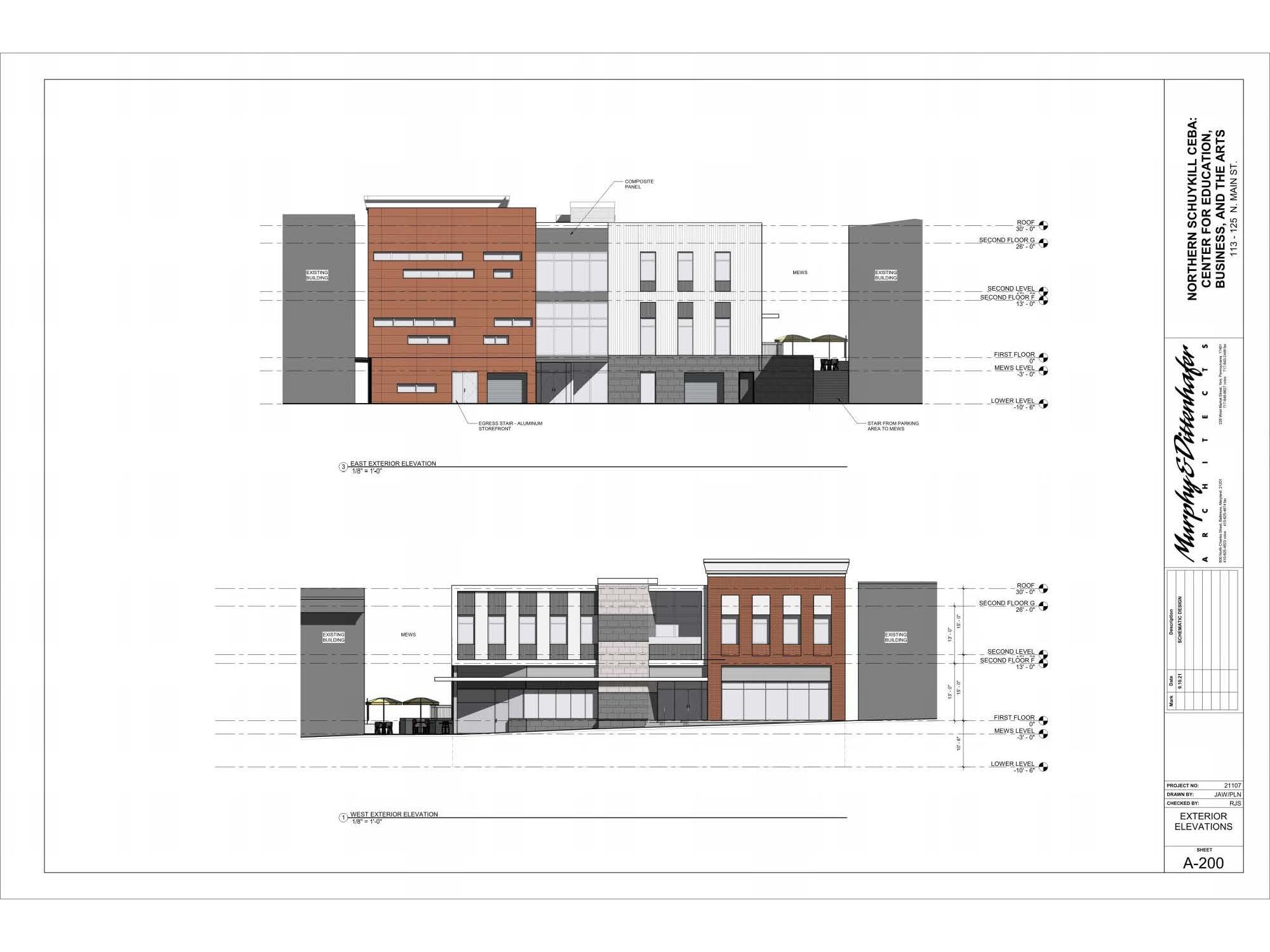

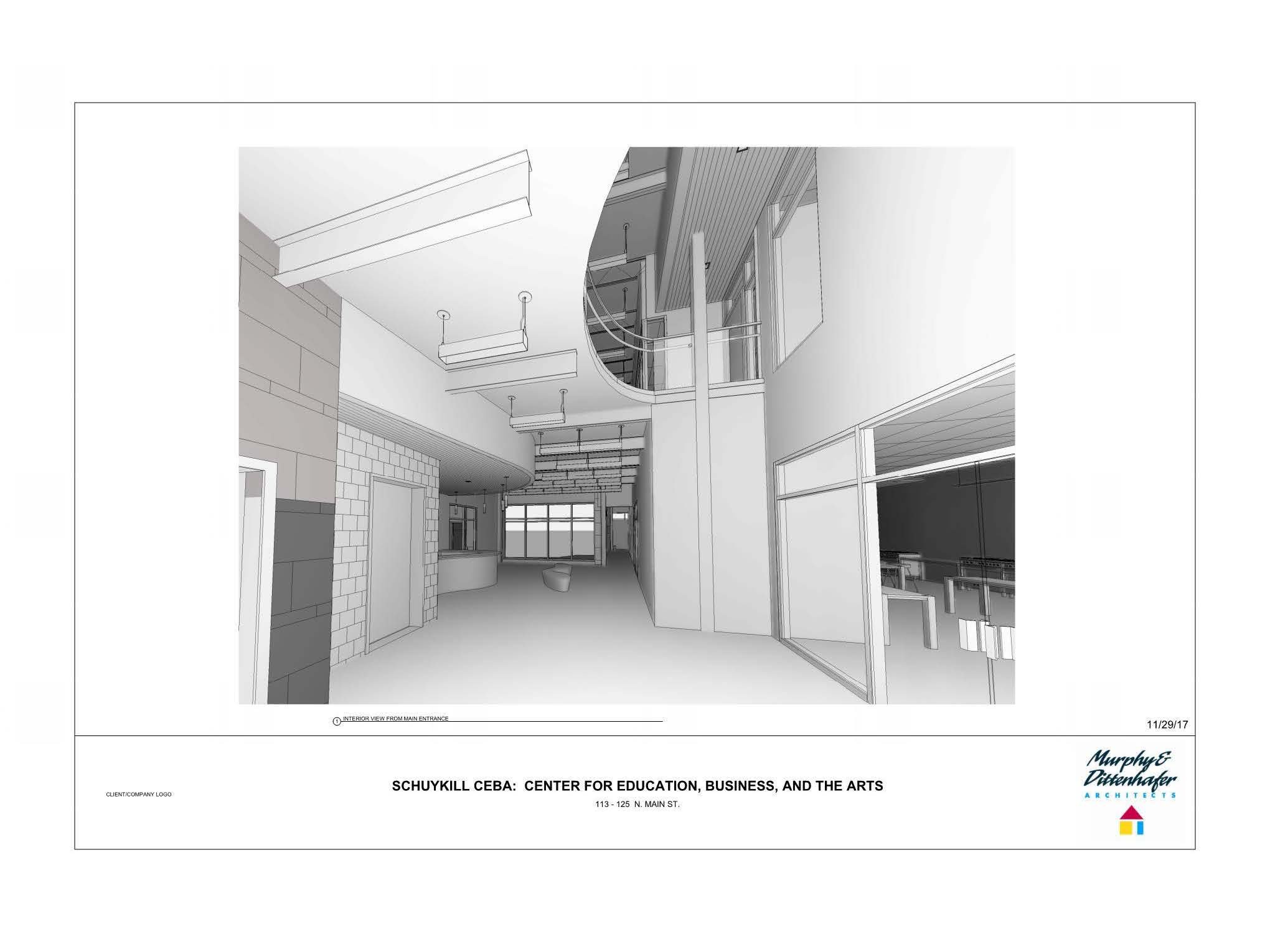
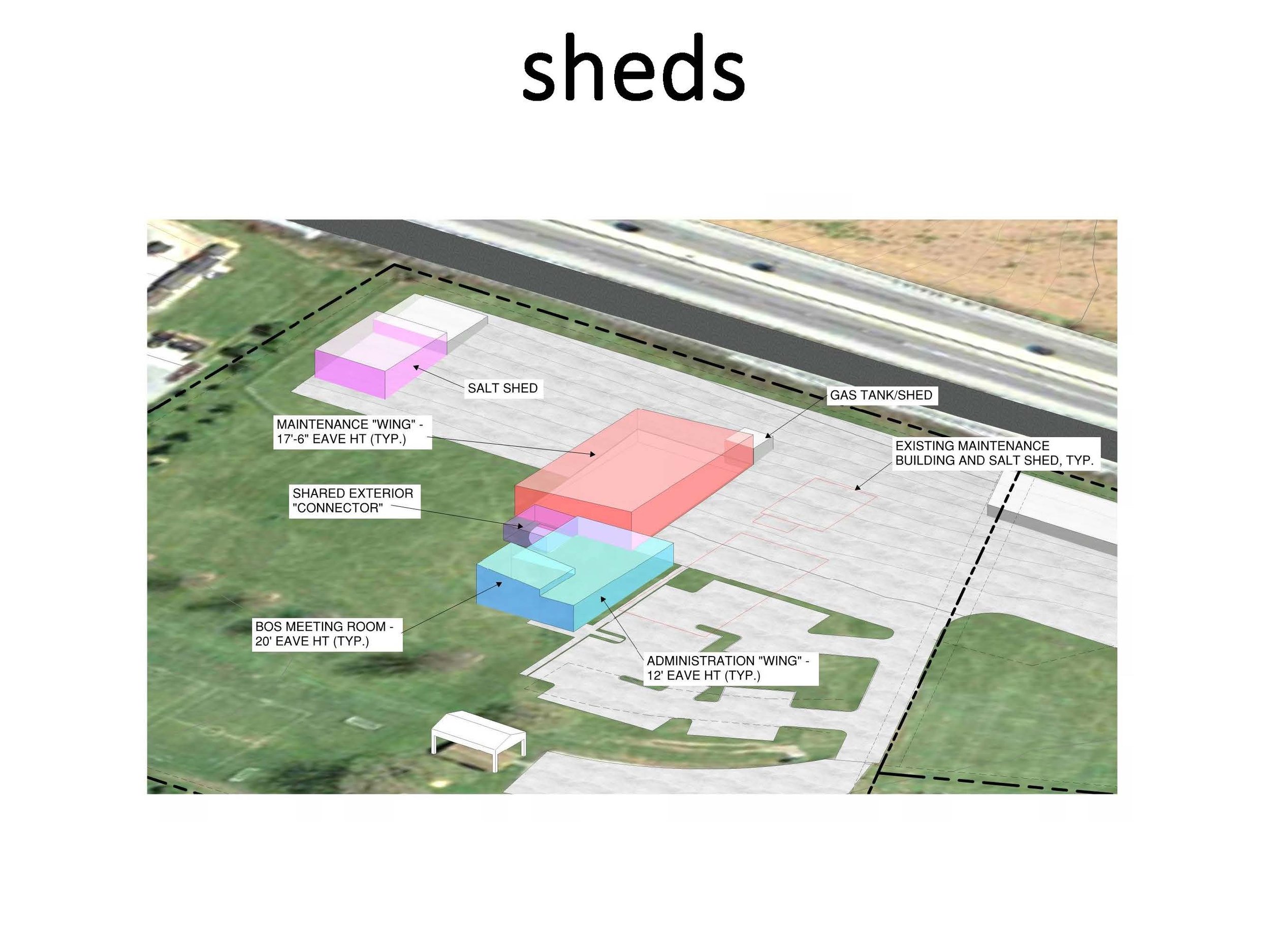
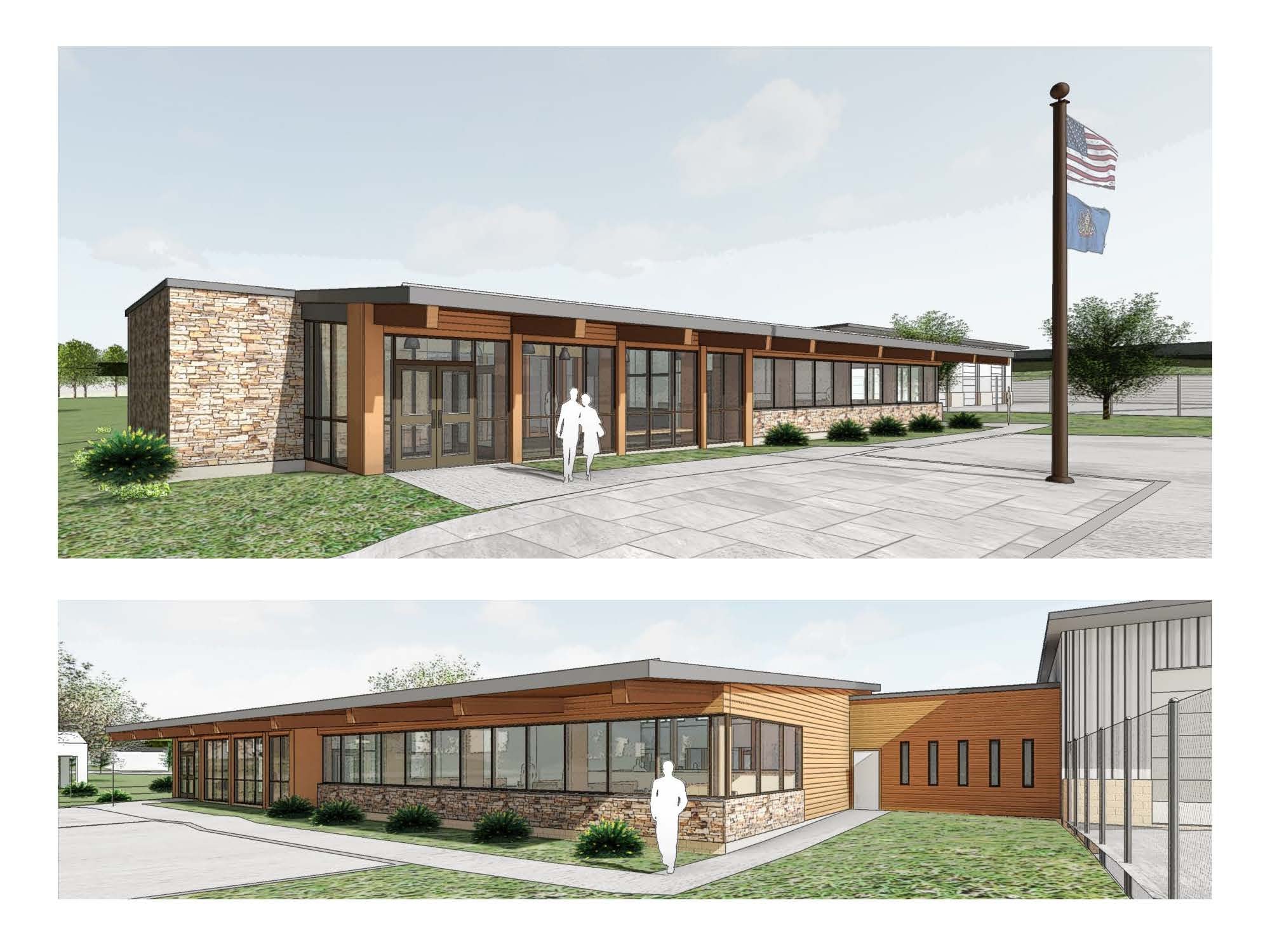
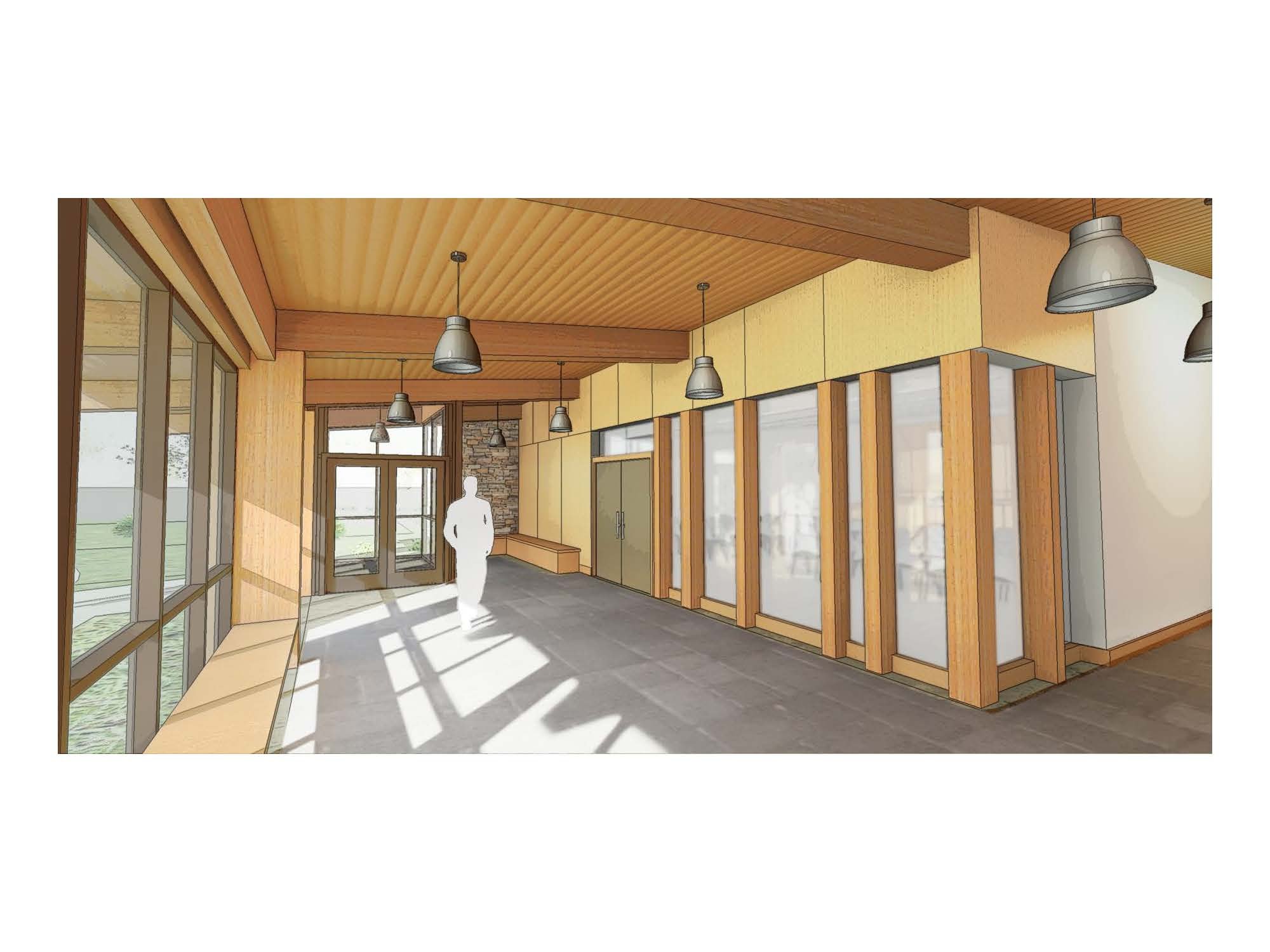
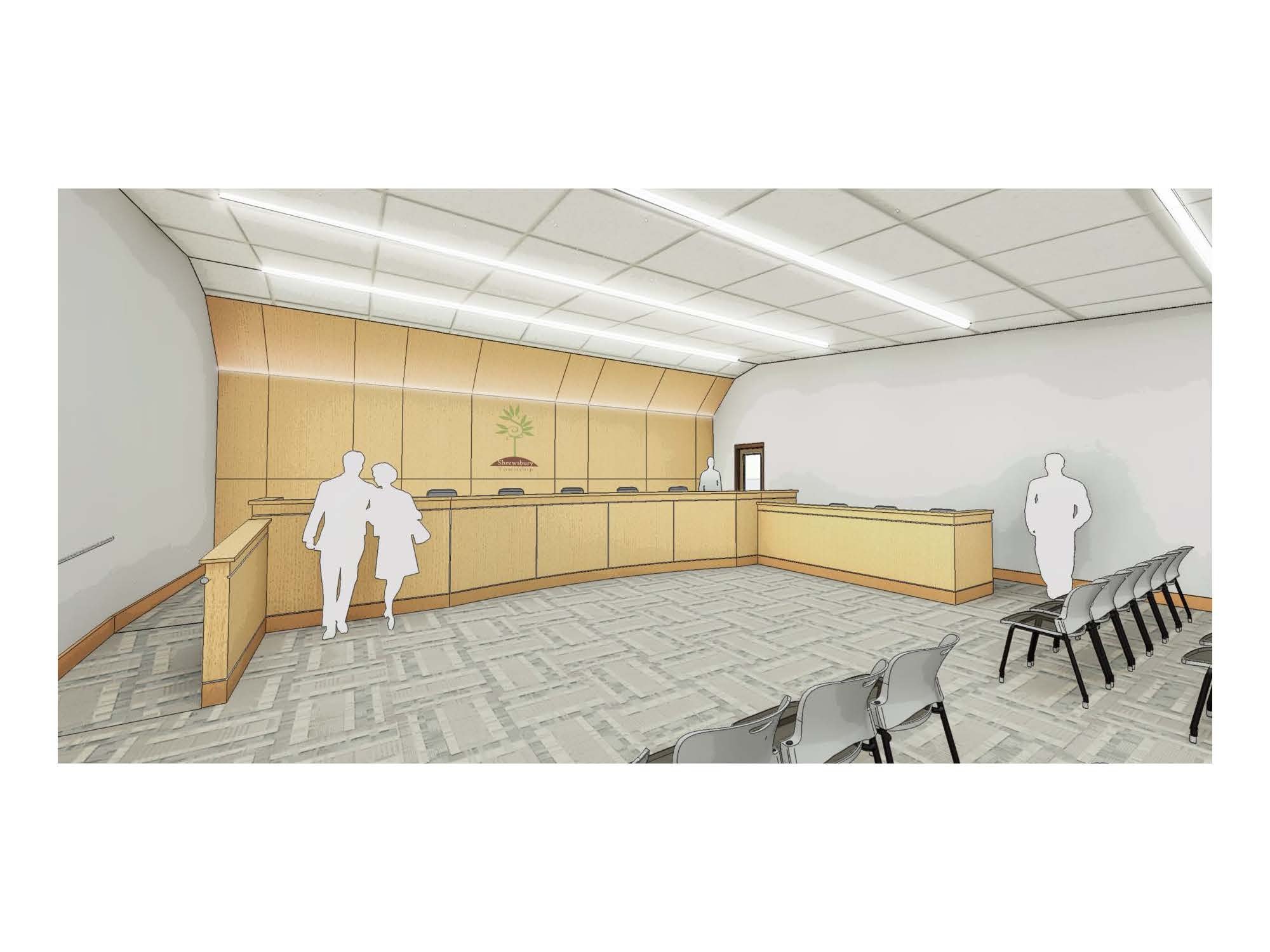
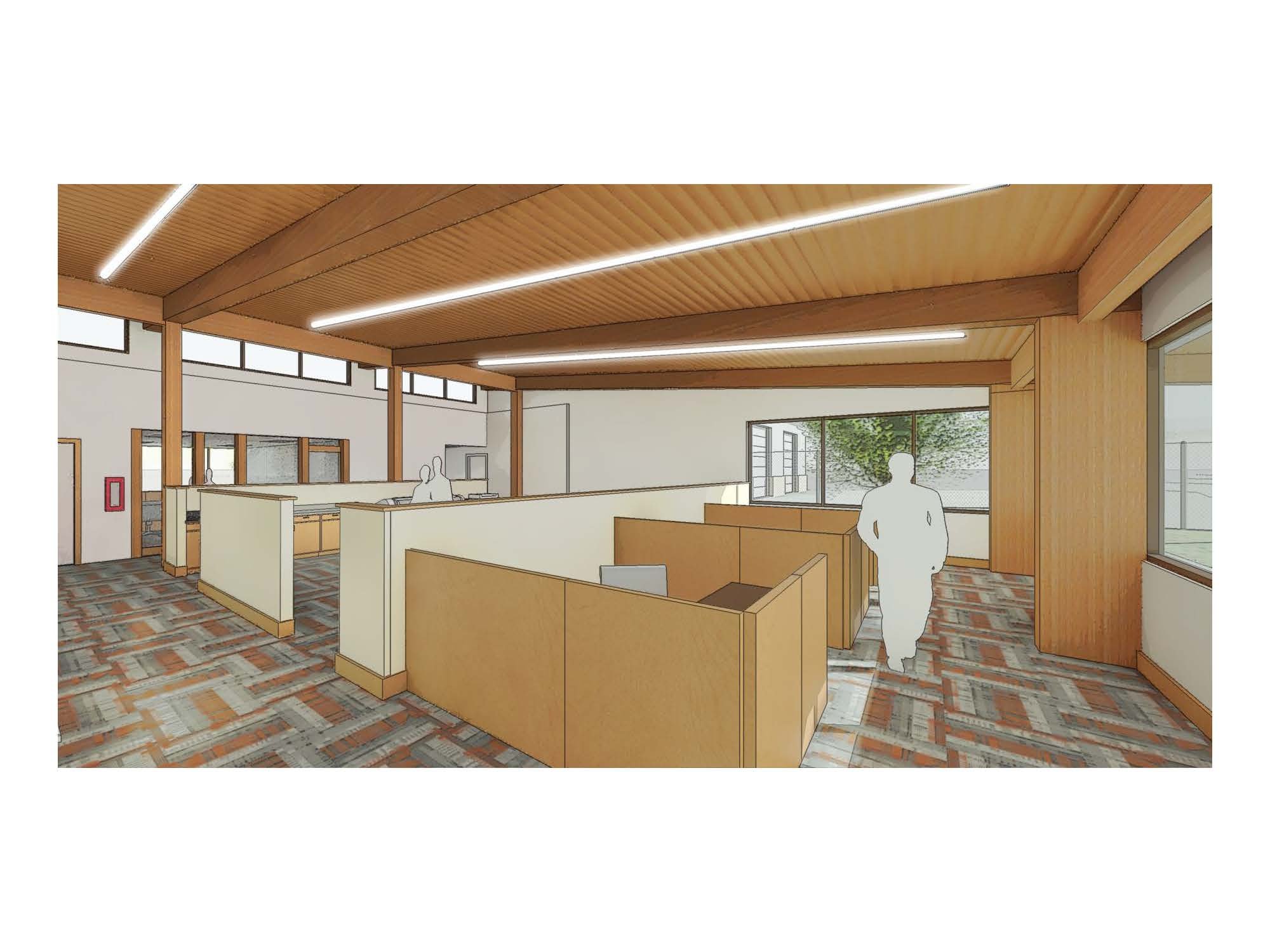

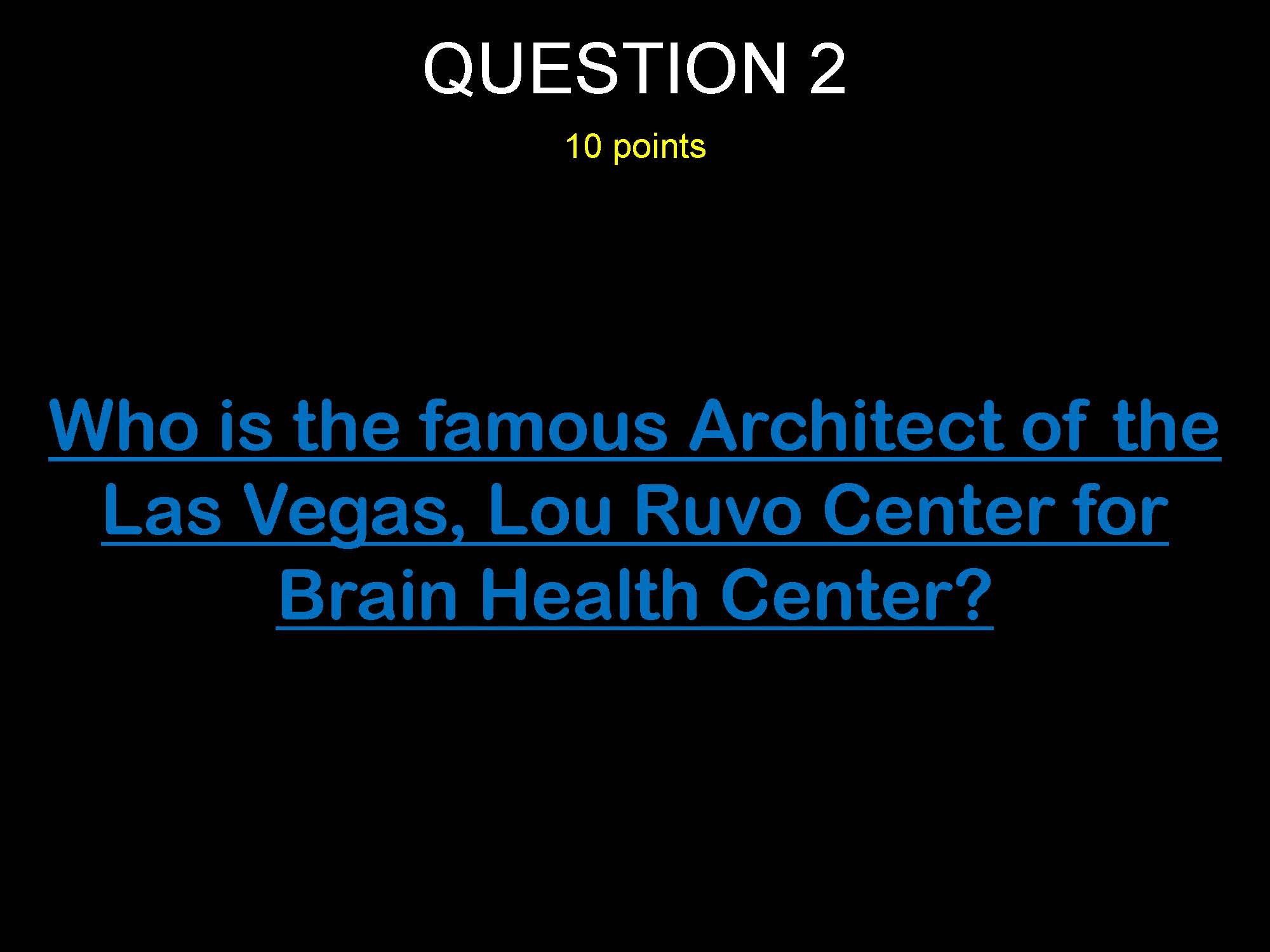
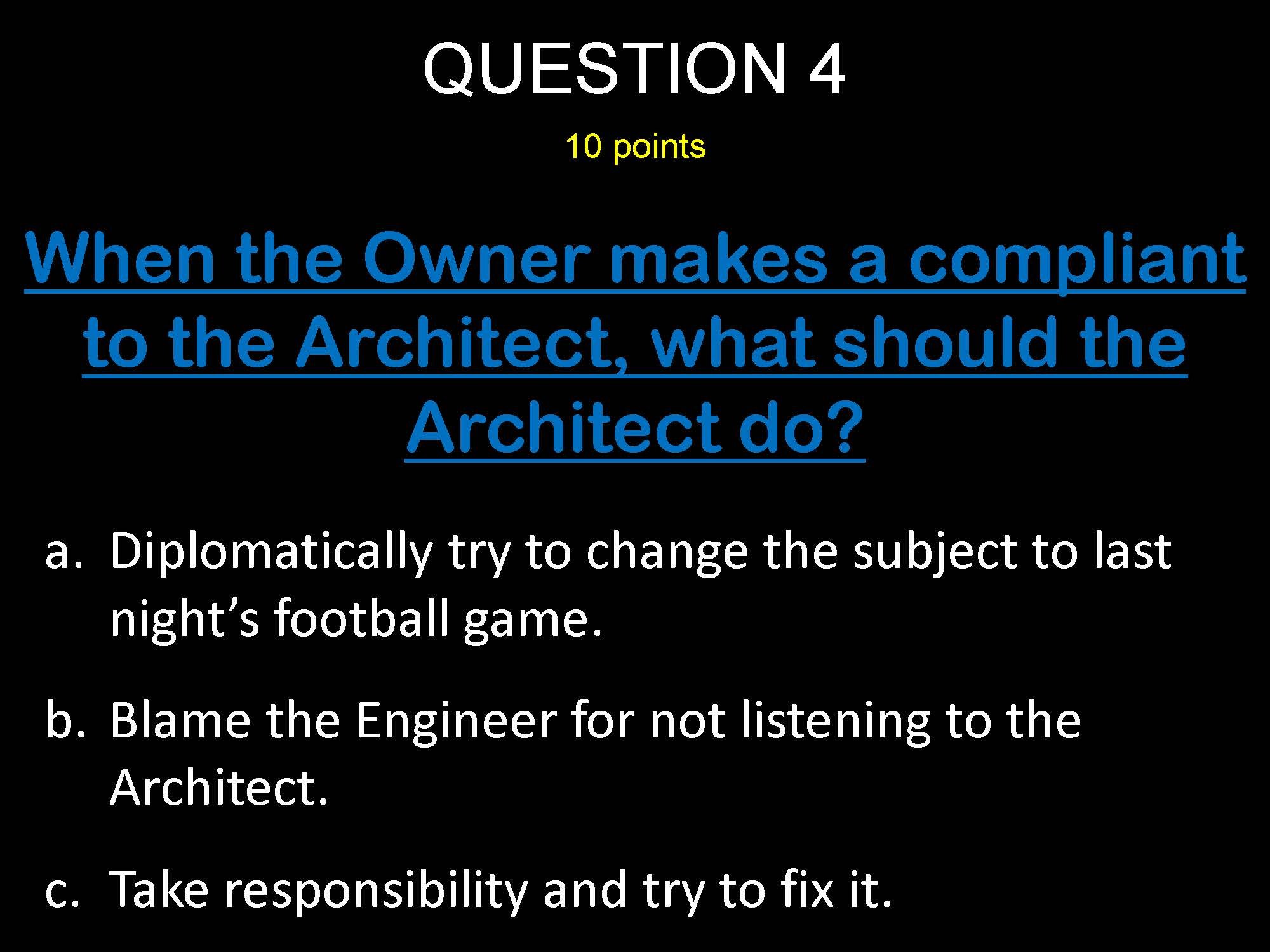

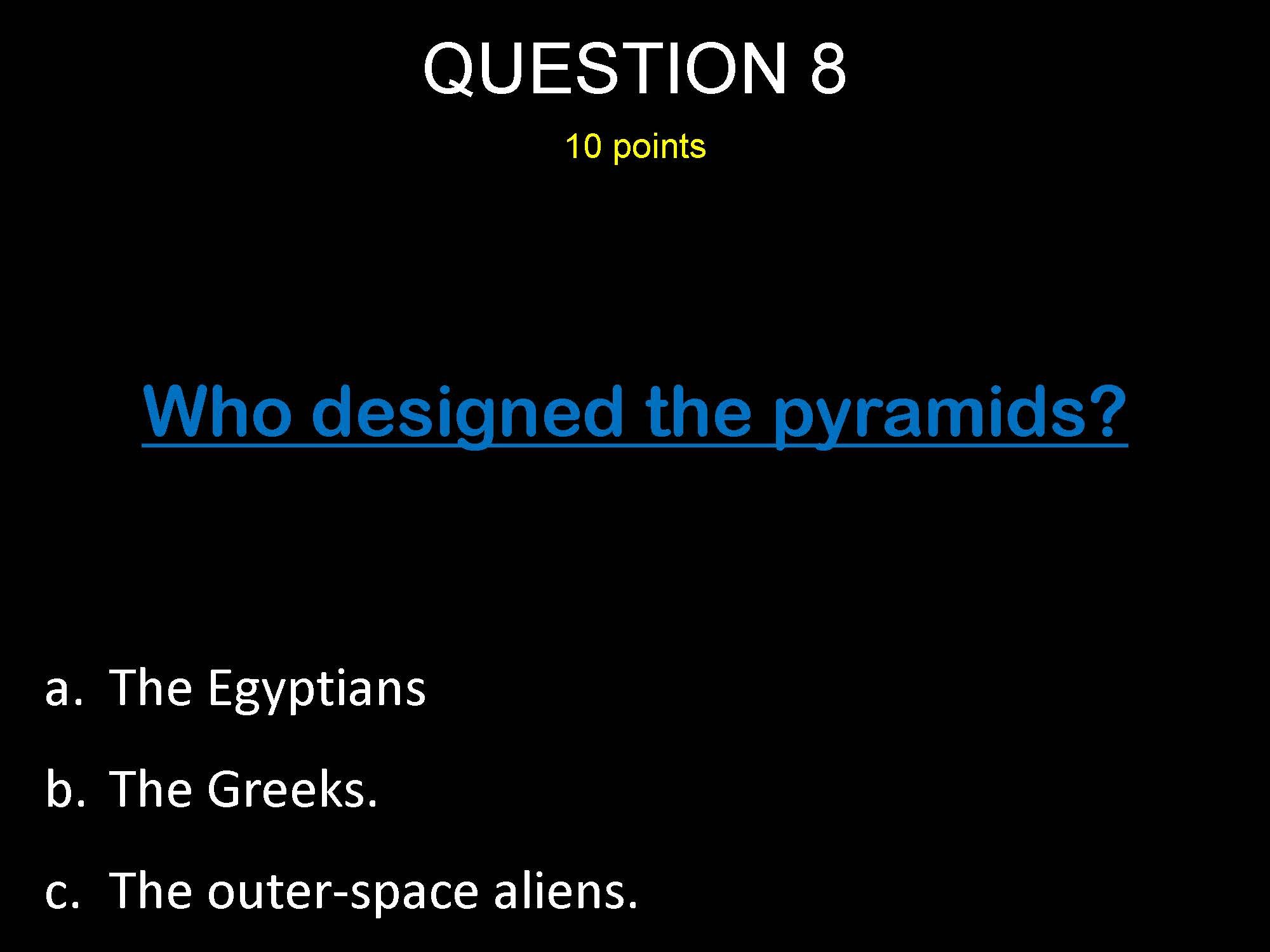
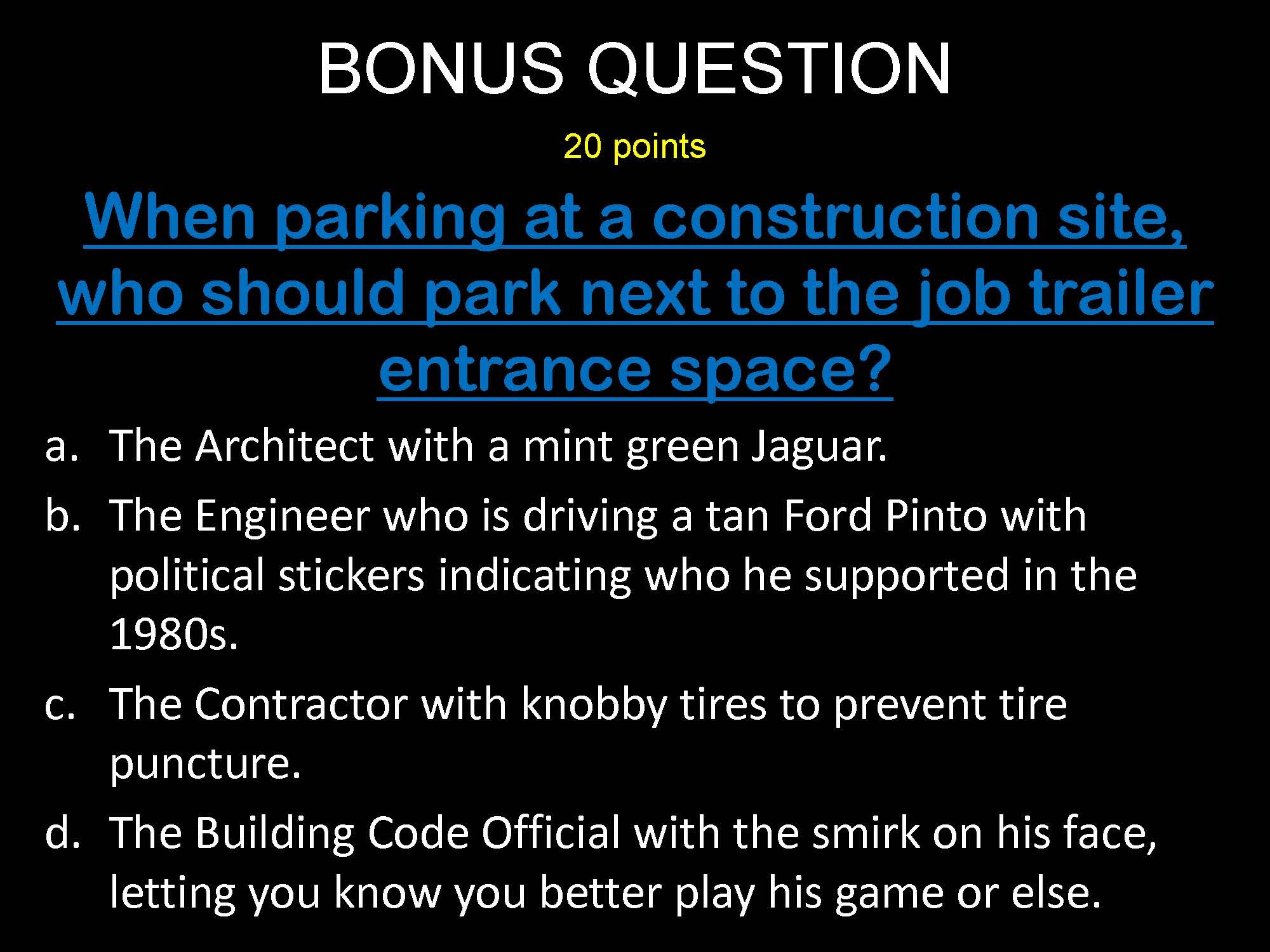





























Harford Community College’s expanded new construction Chesapeake Welcome Center is a lesson in Architectural identity